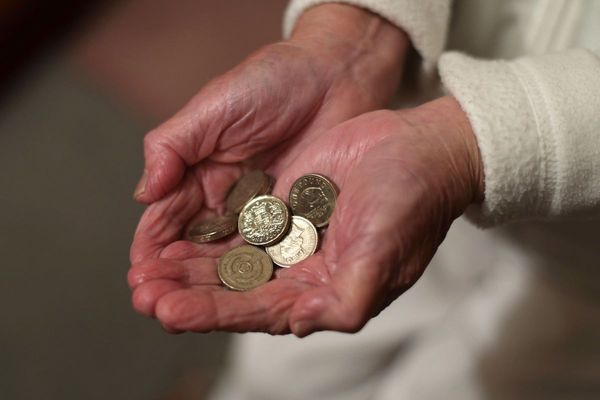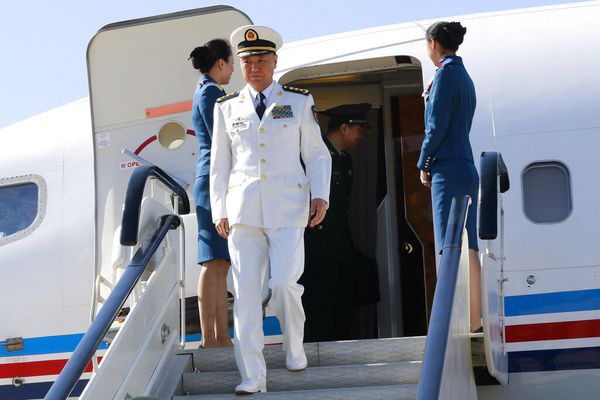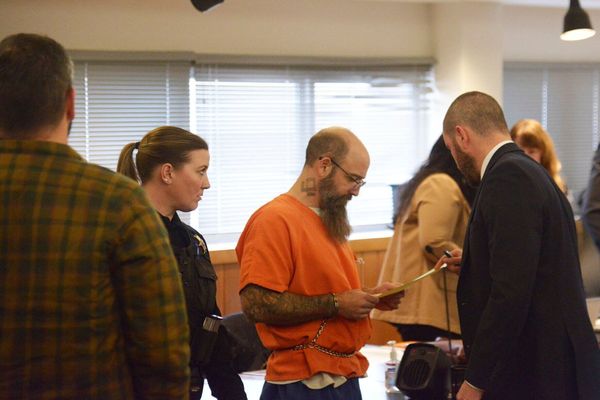
Breeding in captivity can alter birds’ wing shapes, reducing their chances of surviving migratory flights when they are released to the wild, new research suggests.
A study of the critically endangered orange-bellied parrot has found that in captive-bred birds, those with altered wing shapes had a survival rate 2.7 times lower than those born with wings close to an ideal “wild type” wing.
The total population of orange-bellied parrots once dropped as low as 17 in the wild, but their numbers have been bolstered by captive breeding and release efforts in Tasmania and Victoria.
The bird breeds in Tasmania and migrates to mainland Australia’s southern coast for the winter.
The study’s author, Dr Dejan Stojanovic, of the Australian National University, said there was natural variation in wing feather lengths in both wild and captive-bred orange-bellied parrots.
“When you look across the lengths of all the feathers on the wings, there’s a significant difference between the lengths of feathers in captive wings versus wild wings,” he said.
Stojanovic has previously shown that captive-bred orange-bellied parrots tend to have less pointed and shorter wings than their wild counterparts.
“There’s variation within captivity from everything from a perfect wild type [wing] to very suboptimal,” he said.

In captive-bred birds whose wings most closely resembled the ideal wild wings – and which were more likely to survive – a feather known as the distal primary flight feather was longer by a single millimetre.
“Literally the change for orange-bellied parrots is a 1mm difference in the length of one feather,” Stojanovic said. “It’s so easy not to detect it, but it has this major downstream consequence.
“Few other recovery projects have the scale and resourcing that orange-bellied parrots do.
“Despite all of that care, these changes emerged and also went undetected up until now. These results also show that these undetected changes were impacting survival – which is a key success measure for whether we’re benefiting the wild population.”
Stojanovic also analysed the wings of 16 other birds, finding evidence of altered captive wing shapes in four other species – budgerigars, turquoise parrots, sundown parrots and Gouldian finches.
“Clearly what that shows is that this phenomenon is a lot more widespread … and might actually be a [pattern] that had gone undetected,” he said. “The next phase is to understand what it is that is actually driving these changes.
“Maybe it’s a family trait, or an environment trait … we actually just don’t know.”
“We need to be better in general at scrutinising the quality of the animals that we’re breeding rather than just focusing on their quantity.”
The research was published in the journal Ecology Letters.







